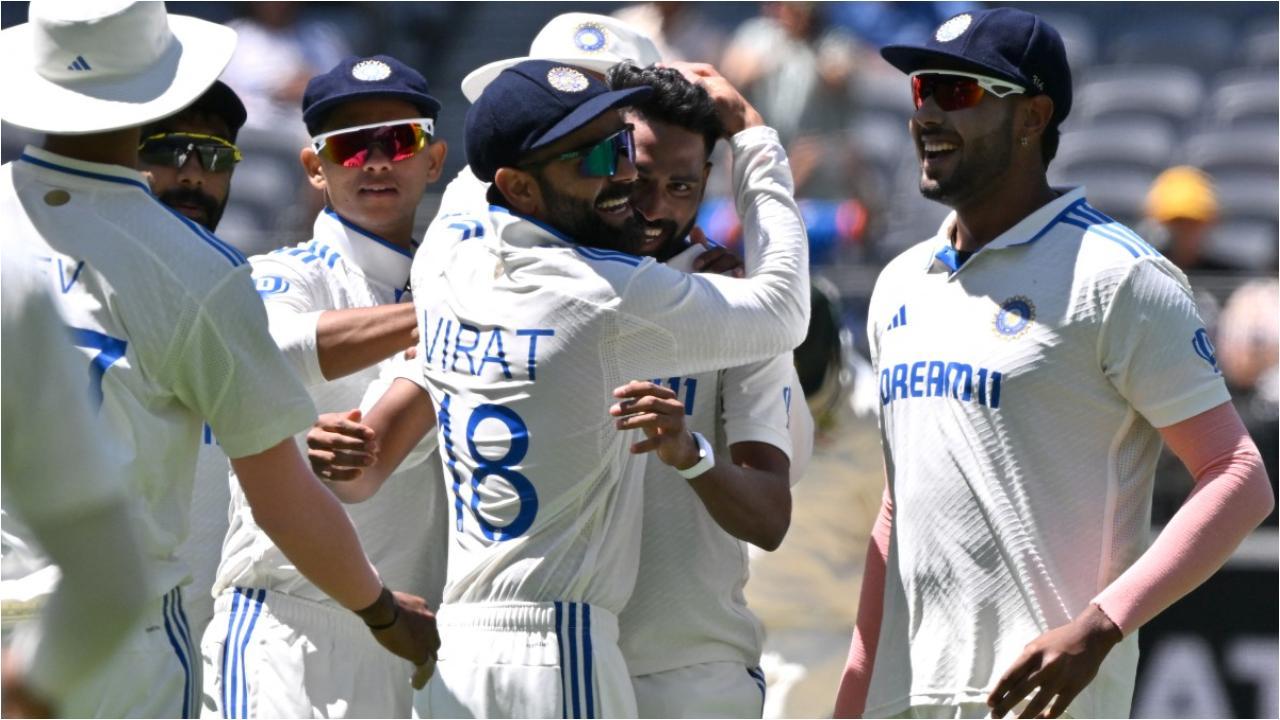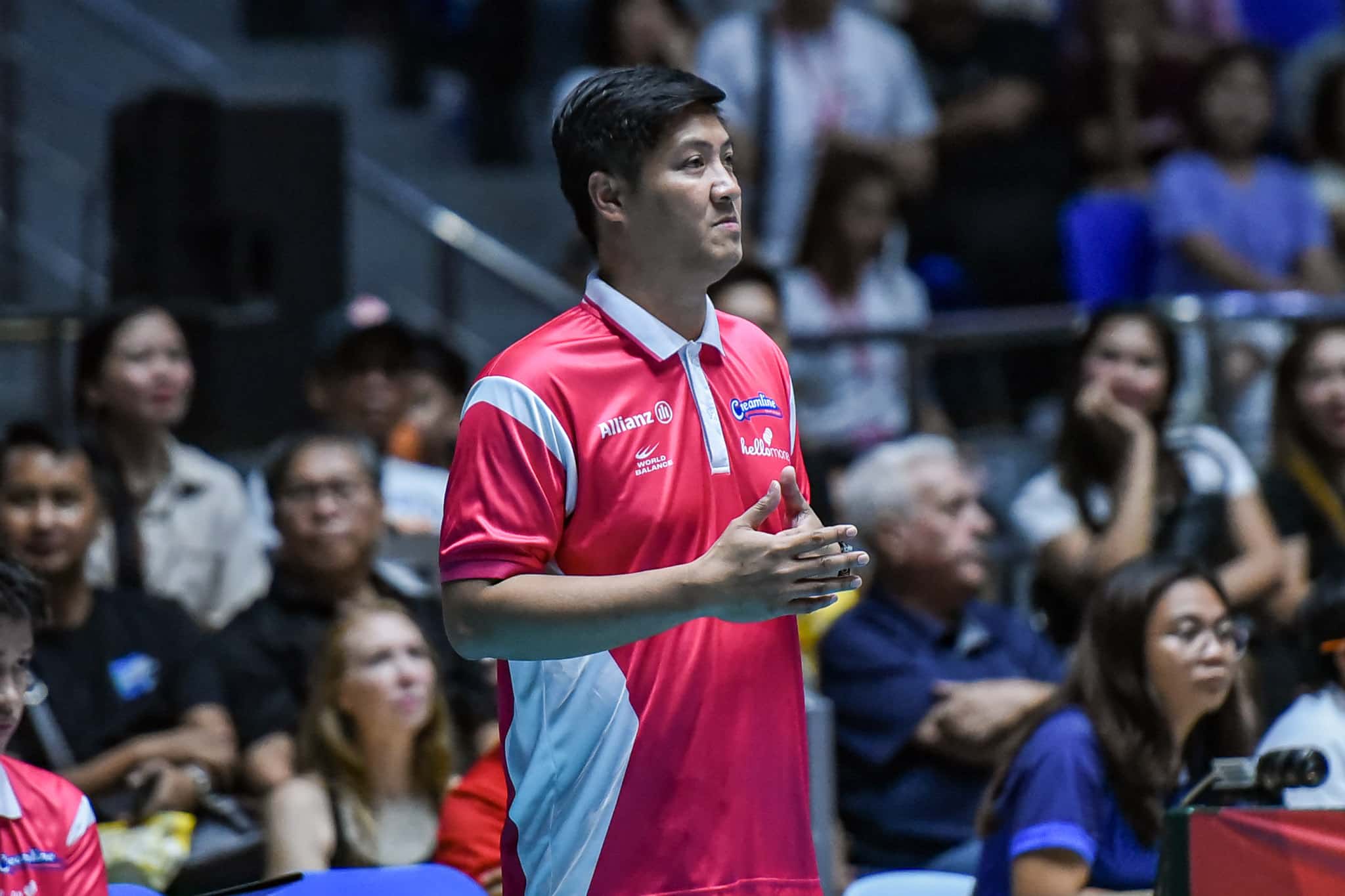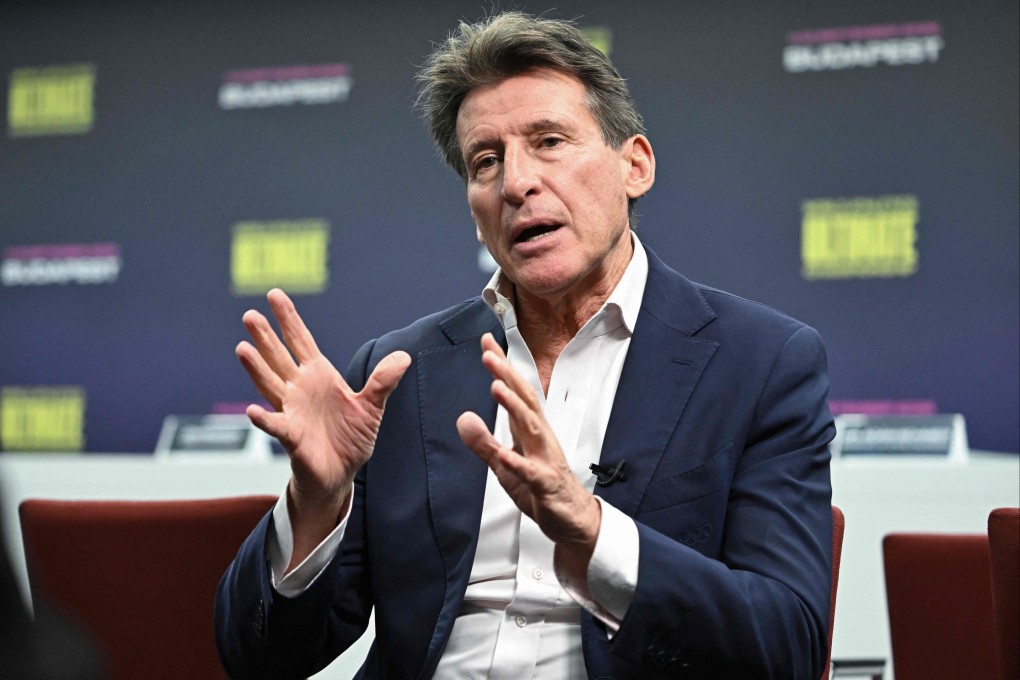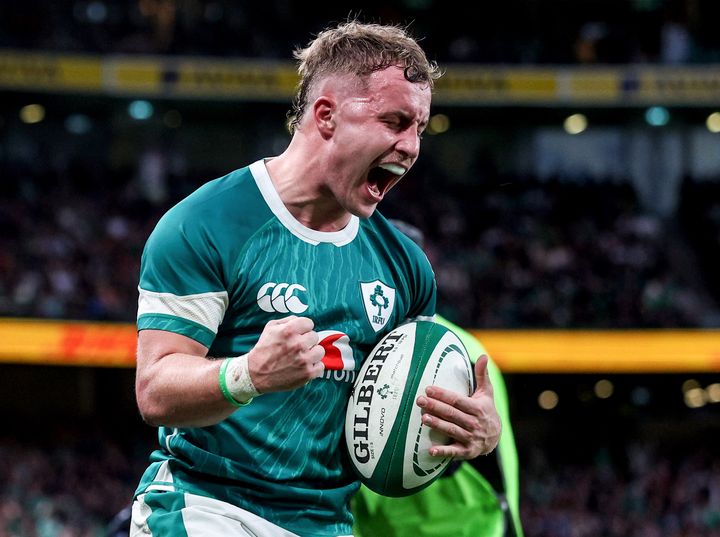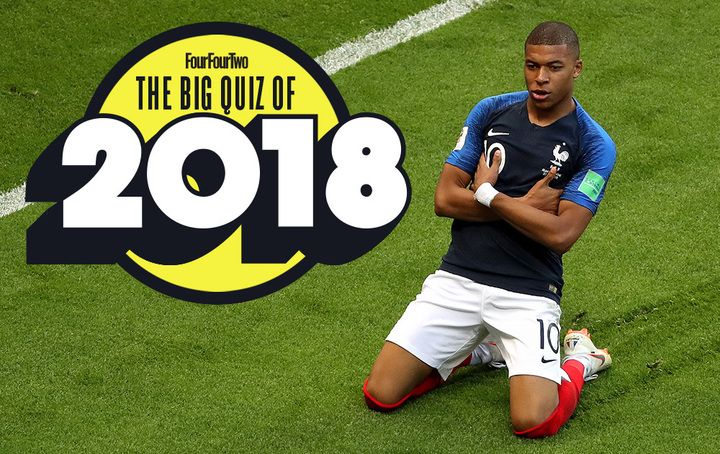
ST. LOUIS — When Drew Bannister stepped in front of the cameras following the St. Louis Blues’ convincing 5-1 victory over the Toronto Maple Leafs on Oct.
24, he wasn’t focused on how the goals or the goaltending performance had led the way. “We had good line changes,” the second-year Blues coach said. Advertisement When Bannister was back in front of the cameras after the Blues’ disastrous 8-1 defeat to the Washington Capitals on Saturday, he wasn’t lamenting the lack of effort.

“The biggest thing for us was our (poor) line changes,” he said. So two games, with extremely different outcomes, and the common denominator in Bannister’s mind was the same. It made sense, then, that instead of putting players through a grueling skating session on Monday, the Blues’ coaching staff spent part of practice going over details with the team’s line changes and forechecking structure on those changes.
“That feeds into how you break out the puck, how you come back in your own zone on your returns, how you defend, and even your transition game — from being able to turn pucks over to get on the offense,” Bannister said. “It’s just getting back to what we do well and trusting that guys are going to do their job. “That will make a big difference in our game.
” Shift length has a lot to do with successful line changes. How long players are on the ice can play a role in whether there is a breakdown. Bannister said that he’d like his players’ shifts to average between 40 and 50 seconds each, and from Jordan Kyrou ’s team-high 49-second average to Oskar Sundqvist ’s team-low 40 seconds, everyone fits into that range, according to Natural Stat Trick.
“Once you get over 50 seconds, it starts to extend,” Bannister said. “You’re going to have games where guys get stuck out, whether it’s in the offensive zone or defensive zone and they’re not able to change because they have the puck on their stick or they’re defending. So you will have shifts like that, but the sweet spot is somewhere between 40 and 50.
” To get a closer look at how the line changes have affected the end result and how shift lengths factored in, The Athletic reviewed video from three recent games of shifts in which the Blues scored or were scored against. Advertisement Bannister provided his insight on the clips, and former NHLer (current Blues broadcaster) Joe Vitale offered his opinion from a player’s perspective. Here’s what they saw.
Flyers , 2-1 L The Blues were trailing the Flyers 1-0 in the third period when forward Nathan Walker tied it. On the scoring sequence, the Blues had some sustained ice time in their offensive zone, allowing Brayden Schenn , Zack Bolduc , Radek Faksa and Justin Faulk to make a “soft” change while the team possessed the puck. Defensemen Philip Broberg was the puck-carrier, so he stayed on the ice.
He was joined by Walker, Sundqvist, Matthew Kessel and Alexey Toropchenko . During the Blues’ extended time with possession, you’ll see that when Faulk crosses the blue line with the puck, Faksa is headed to the bench for a change. Later in the sequence, after the puck comes out of the zone, Broberg takes it back in, and when he does, Bolduc also changes.
Walker replaces Bolduc and streaks down the left side of the ice. Broberg puts a shot on net, and the rebound caroms to Walker, who scores. When the goal was scored, Broberg had been on the ice for 43 seconds, but the Blues had fresh legs in Sundqvist (15 seconds), Kessel (seven), Walker (seven) and Toropchenko (four).
Meanwhile, the Flyers had Erik Johnson (1:02), Sean Couturier (1:01) and Travis Konecny (59). Bannister: “It’s a perfect example of: We have possession and we’re driving. Another good thing is, we don’t throw this puck away.
We recognize that we’re trying to get guys off the ice, and now we’re holding onto it. We’re getting set up in our offensive zone, and Broby recognizes the traffic at the net. A lot of times when those pucks are thrown in that area, they’re going to spray out.
So if you have guys going to the net, you have a good chance to create a secondary opportunity.” Advertisement Vitale: “When Broberg is taking this puck back into the neutral zone, he sees that Philly is trying to change, too, and he turns it up quick. He could take it deeper, but he counters, catches Philly in a change, and now they’re a little confused.
Then he takes it in the zone and sees a body in front (Sundqvist) and a body going down low (Walker), so he just throws it there. How many times in that situation do you see guys just dump it behind the net? But Walks does a great job of going to the net, and he’s fresh, too, which is an advantage because you’re not accounted for. The defensive group is scanning the D-zone and they only see four bodies, so all of a sudden, the guy comes off the bench, and you lose him a little bit.
It’s a great play.” Lightning , 3-2 W The Blues were trailing the Lightning 1-0 in the second period when Faulk cleared the puck from the defensive zone and Toropchenko got a piece of it, sailing it into the offensive zone. As you see below, the club keeps it in the zone and ties the score.
As the puck heads to the offensive zone, you’ll notice Walker skating to the bench to make a change. He is replaced by Sundqvist, the eventual goal scorer. Toropchenko wins the race to the puck, and as Sundqvist comes onto the ice, he beelines to the front of the net.
When Toropchenko’s shot is stopped, Sundqvist is in position to take control of the rebound and keeps possession. The sequence continued until Kessel put a shot another shot on net and Sundqvist scored on the rebound. When that happened, the Blues had Sundqvist and Kessel — who both had a hand in the goal — on the ice for just 13 seconds.
Meanwhile, the Lightning had Nick Perbix , Emil Lilleberg , Cam Atkinson and Gage Goncalves on for 58 seconds each. Advertisement Bannister: “Again, we had possession and Walks recognizes it, so he changes. Sunny drives through the middle to buy time for Torpo.
Torpo holds onto it, gets rid of it, he changes for Bolduc and we have two good offensive changes.” Vitale: “What I like about this play is Sunny comes on the ice and doesn’t stay as the high forward. He slices down, which creates confusion because now Toropchenko can throw it at the net and get a rebound.
I love that there’s no stagnant players in the O-zone because they’re interchanging everywhere. So this goal, to me, happens because players aren’t OK being in one place. When you see that as a defensive team, it’s a lot harder than saying, ‘OK, I’ve got my guy.
'” Washington , 8-1 L Conversely, the Blues have had situations where poor line changes or extended shifts had a negative impact. There were several Saturday, including one in the opening minute of play. The Blues started the game with the line of Brandon Saad , Dylan Holloway and Jake Neighbours , and the defensive pairing of P.
O. Joseph and Faulk. After an icing 43 seconds in, Kyrou came onto the ice, but then 17 seconds later, he saw an opportunity to jump off so the line of Toropchenko, Faksa and Walker could be on the ice together.
It didn’t work out, as Connor McMichael scored for a 1-0 lead, but Kyrou wasn’t the only one at fault during the sequence. You’ll see that when Washington is exiting the defensive zone, both Toropchenko and Faksa are putting pressure on McMichael, which as Bannister will tell us, isn’t ideal. Kyrou makes the decision to change, which gives McMichael a lot of space.
He still has Blues defenseman Ryan Suter in front of him. But with Suter backing up, McMichael rips a wrist shot, and the puck goes off Suter’s stick and past goalie Jordan Binnington . Bannister: “It’s not so much the line change (by Kyrou).
Jordan is doing the right thing because he recognizes the match and he’s trying to get off. Our first guy (Faksa) should be coming across and his job is to hold the ice. Your second person (Toropchenko) should be coming on the middle of the ice and dictating the side, which — we want to keep it on (the right) side because we have a defenseman and a forward there and we want to let (Kyrou) get off.
So Torpo is doing Faksa’s job, which he shouldn’t be doing. He should just be holding here, letting Faksa come up, take an angle and push the puck. Advertisement “So now we have two guys (Faksa and Toropchenko) on one (McMichael).
Kyrou is looking at the situation, and he’s not too sure. In a perfect situation when Kyrou sees this happening, he should probably hold for a second. McMichael is probably going to dump the puck in or give it to the defenseman, who’s going to dump it in, and then Kyrou can get off and Walker can get on.
So if (Faksa and Toropchenko) did their job, this play probably doesn’t happen. But also, there’s the recognition (by Kyrou) of ‘I might have to hold for a second before I get off.'” Vitale: “It’s a tough spot for Kyrou, who got caught between.
He’s trying to get Walker on with his line. When he goes to make the change, it’s actually not a bad time to change. The Capitals have the puck in their D-zone, and it’s a slow transition play, so it’s not a bad time to change.
McMichael still had Suter in front of him. It’s just unfortunate that Kyrou’s change led to a shot and a tip and it’s in the back of the net. I was wondering how that much open ice got created, so it makes sense that it was because two forwards were on one guy.
But it’s just recognition: Kyrou wanted to get off and then he saw they were coming, so he stopped, and that throws everything off. You want to commit to one or the other — stay or go — and he just got caught in between. It happens.
It’s part of the game.” In the second period, Alex Ovechkin scored the first of his two goals in the game. The Blues made a series of mistakes on it, as seen here: One of the first is Kyrou leaving the ice.
However, he was at the end of a 58-second shift. It’s the right thing under normal circumstances but perhaps not with Washington heading on offense. Next, you’ll see Schenn attempt to put a check on the Capitals’ Dylan Strome , which takes the Blues’ captain out of the play.
By the time the puck ends up on the stick of the Caps’ Aliaksei Protas in the offensive zone, Ovechkin is wide open because Schenn is out of the play, Toropchenko is chasing Strome and Walker is late getting into the defensive zone after waiting for Kyrou to change. In the end, Schenn and the defensive pairing of Faulk and Joseph were all on the ice for 1:03. Bannister: “These were extended shifts.
Those guys (Schenn and Toropchenko) shouldn’t be chasing. We went for a change, and they were coming full ice, so we can’t go for a change. We’ve got to get back.
Again, it’s about setting your guys up for success, and that’s not setting them up for success. Walks has no chance.” Advertisement Vitale: “It’s one of those things (for Kyrou) where you’re 45 seconds into your shift and your timer starts to go, ‘Hey it’s about time you get off the ice.
’ Is it a bit of a borderline change? Maybe a little bit, but it’s worth noting that it’s the second period, too, and the changes are longer. You actually end up taking riskier changes in the second period for that reason. It made Walker’s trip to the defensive zone that much further away.
” (Top photo of Connor McMichael’s first-period goal against the Blues on Saturday: Jeff Curry / USA Today).







